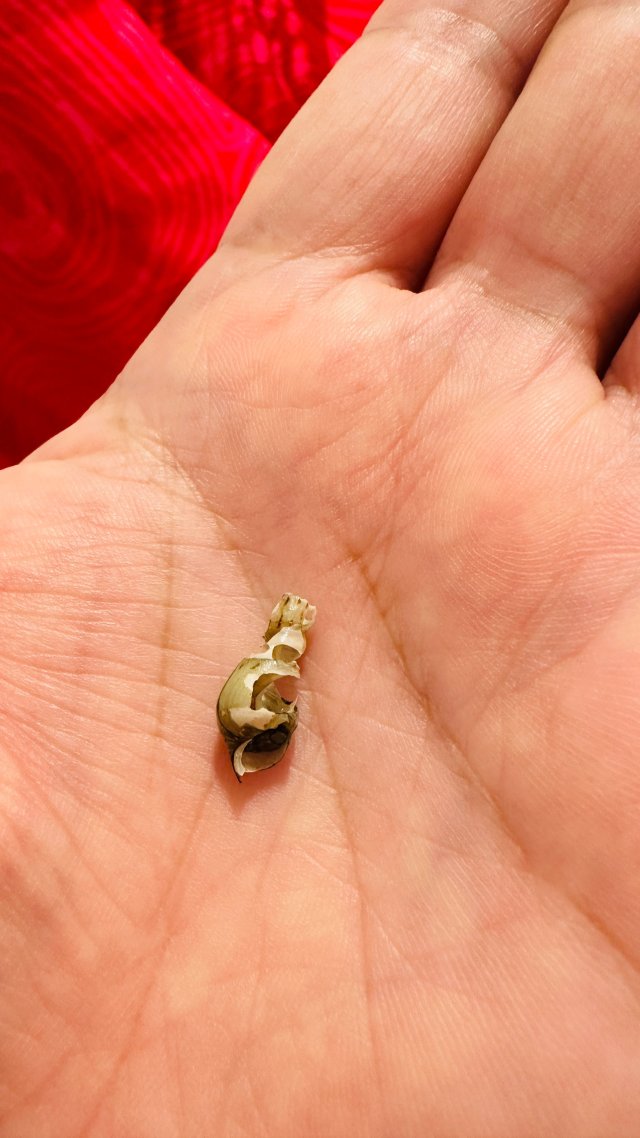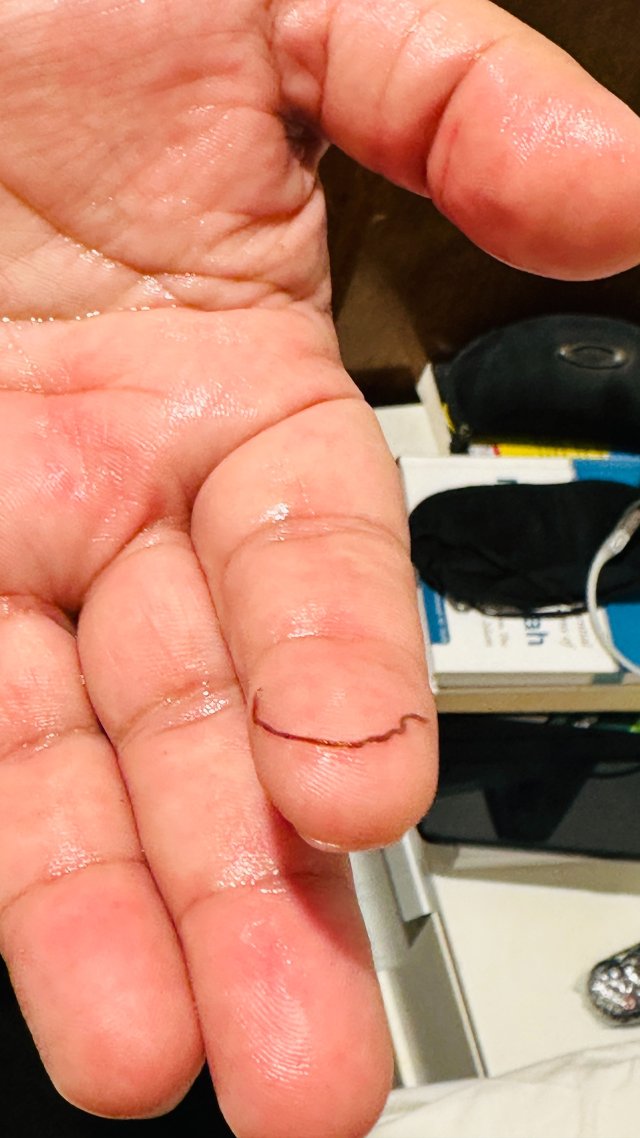Dear Friends!
Hope this message finds you in good health.
I have Malaysian trumpet snails (MTS) in my tank, which I have kept for more than two years. However, in the past seven months, I have noticed their shells deteriorating, as shown in the attached image.
This issue affects most of the snails, regardless of their size. My tank does not contain any pufferfish or other fish that might prey on snails. The only inhabitants are guppies and a pair of snow-white bristlenose plecos (one male and one female). There are no other creatures in the tank.
Several months ago, I introduced the worms shown in the second attached photo. I believe they are called blackworms. Their population has increased significantly. Despite siphoning and cleaning the tank, hundreds of them are removed, yet they seem to reappear rapidly. When I disturb the gravel during cleaning, I find many of them hiding underneath. Interestingly, the snails also remain under the gravel during the day and only surface at night to feed.
I strongly suspect that the blackworms might be causing the damage to the snails’ shells, but I could be wrong. The tank is clean, and all water parameters are optimal. I have even added a cuttlefish bone to ensure sufficient calcium levels, which remain stable and ideal.
I would greatly appreciate your help in identifying the cause of this issue. This problem is not limited to older snails, as even the younger ones exhibit the same shell deterioration as they grow. I do not believe it is a disease because, if it were, it would likely affect the other fish as well.
I am very fond of my snails and feel deeply upset to see them dying like this. They try their best to reproduce and create many offspring, but even the baby snails develop the same issue as they grow.
I have searched extensively for similar cases of MTS experiencing this problem but have found nothing.
Any help or advice would be greatly appreciated.


Hope this message finds you in good health.
I have Malaysian trumpet snails (MTS) in my tank, which I have kept for more than two years. However, in the past seven months, I have noticed their shells deteriorating, as shown in the attached image.
This issue affects most of the snails, regardless of their size. My tank does not contain any pufferfish or other fish that might prey on snails. The only inhabitants are guppies and a pair of snow-white bristlenose plecos (one male and one female). There are no other creatures in the tank.
Several months ago, I introduced the worms shown in the second attached photo. I believe they are called blackworms. Their population has increased significantly. Despite siphoning and cleaning the tank, hundreds of them are removed, yet they seem to reappear rapidly. When I disturb the gravel during cleaning, I find many of them hiding underneath. Interestingly, the snails also remain under the gravel during the day and only surface at night to feed.
I strongly suspect that the blackworms might be causing the damage to the snails’ shells, but I could be wrong. The tank is clean, and all water parameters are optimal. I have even added a cuttlefish bone to ensure sufficient calcium levels, which remain stable and ideal.
I would greatly appreciate your help in identifying the cause of this issue. This problem is not limited to older snails, as even the younger ones exhibit the same shell deterioration as they grow. I do not believe it is a disease because, if it were, it would likely affect the other fish as well.
I am very fond of my snails and feel deeply upset to see them dying like this. They try their best to reproduce and create many offspring, but even the baby snails develop the same issue as they grow.
I have searched extensively for similar cases of MTS experiencing this problem but have found nothing.
Any help or advice would be greatly appreciated.








